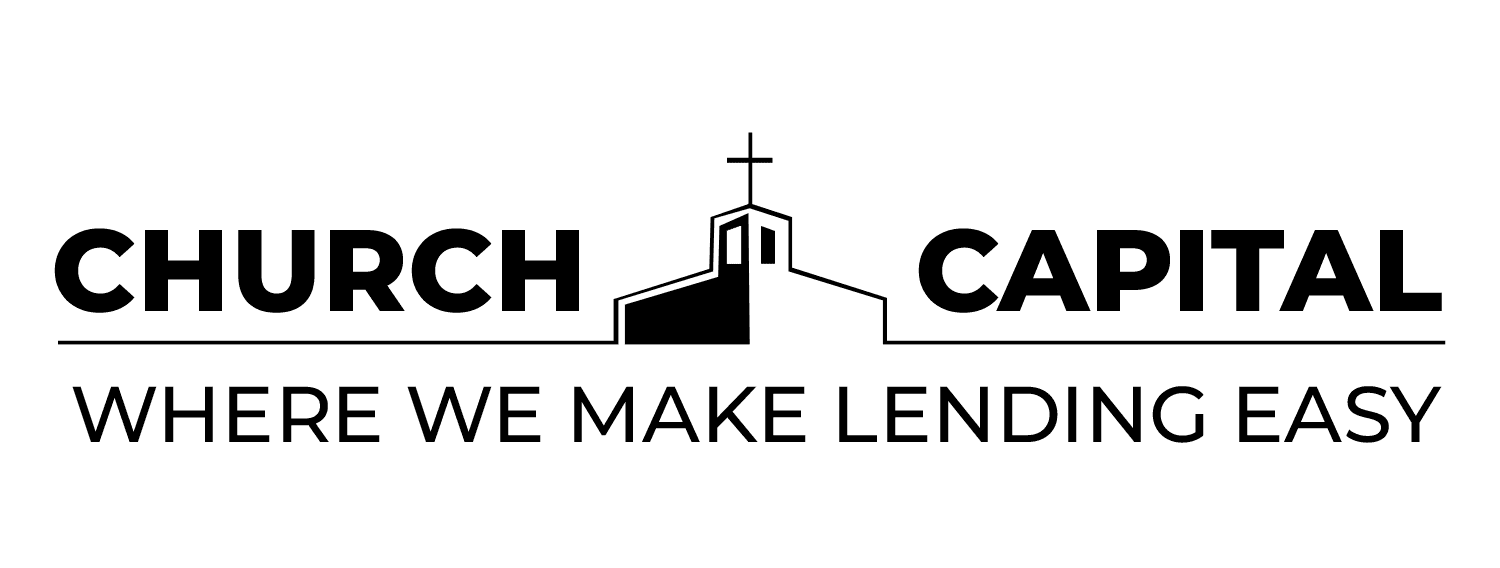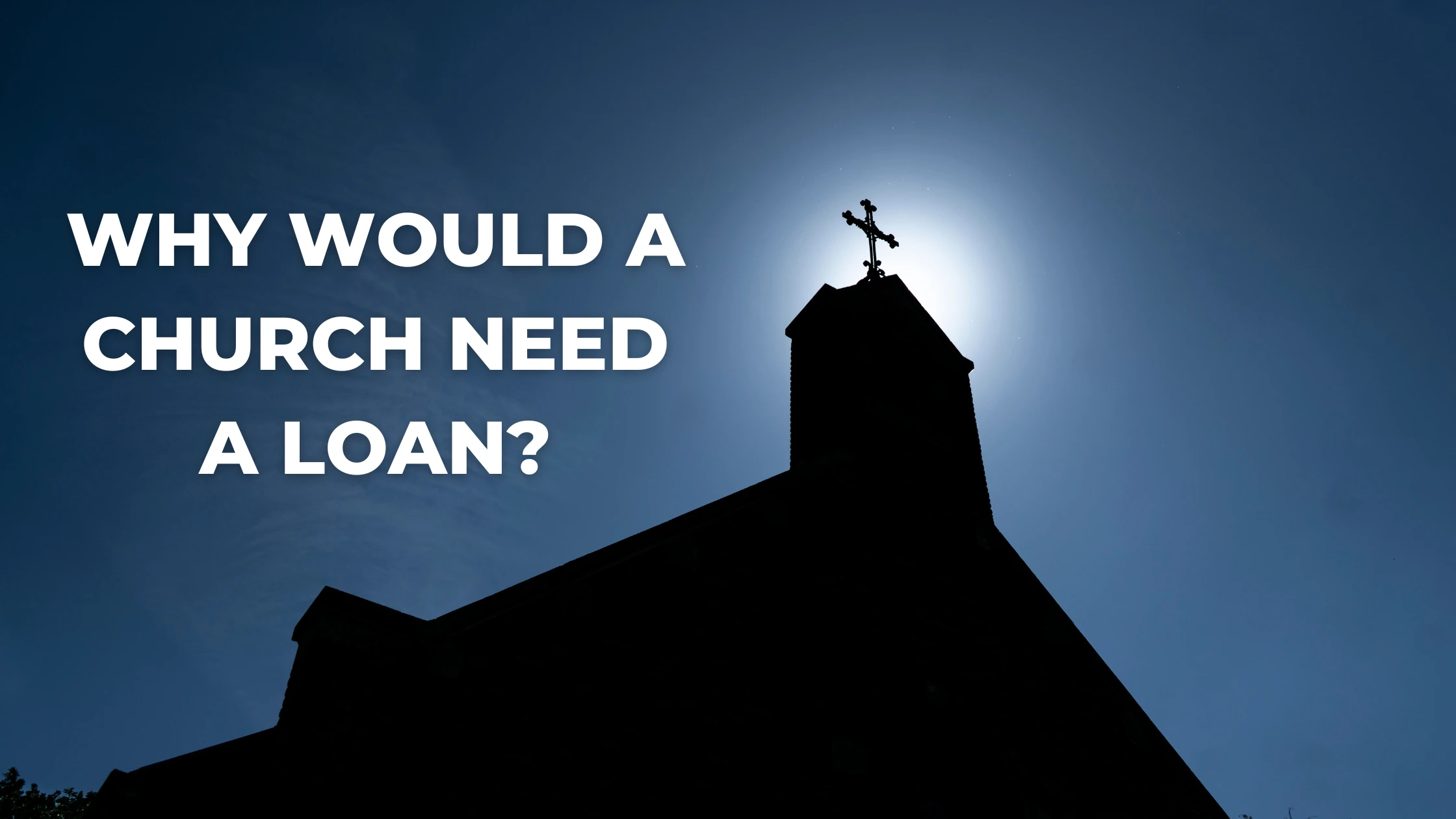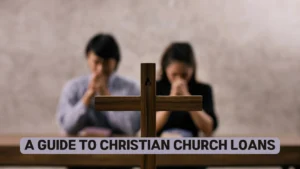A Church Loan: Navigating the financial aspects of maintaining or expanding a place of worship can be just as challenging as the spiritual mission of the congregation itself. For many churches, finding the funds for renovation, construction, or simply keeping the lights on can lead them into the realm of specialized lending. Today, we delve into the unique world of church loans, a financial solution that, while not commonly spoken of outside ministerial circles, plays a crucial role in sustaining and growing faith-based communities.
Whether you’re a member of the clergy, a church board member, or just curious about how religious institutions manage their finances, join us as we explore the ins and outs of church loans, how to secure them, and what to consider throughout the borrowing process to ensure the financial health and longevity of your spiritual home.
What Is a Church Loan?
Church loans are an invaluable resource for churches, religious organizations, and other faith-based entities. Church loans are specifically designed to help finance the operations and activities of these institutions. They can be used for a variety of expenses, such as purchasing or renovating a church building, purchasing land, and purchasing equipment.
Church loans are available from a variety of lenders, including banks, credit unions, and specialized faith-based lenders. Depending on the lender, church loans may have terms of up to 10 years and may have interest rates that are lower than those of other types of loans. In some cases, church loans may require collateral, such as church property, to secure the loan. Additionally, church loans may require the church to provide additional documentation, such as financial statements and tax returns.
Church loans are a great way for churches and religious organizations to finance their operations and activities. With the right lender, churches can take advantage of favourable terms and low interest rates to get the funding they need.
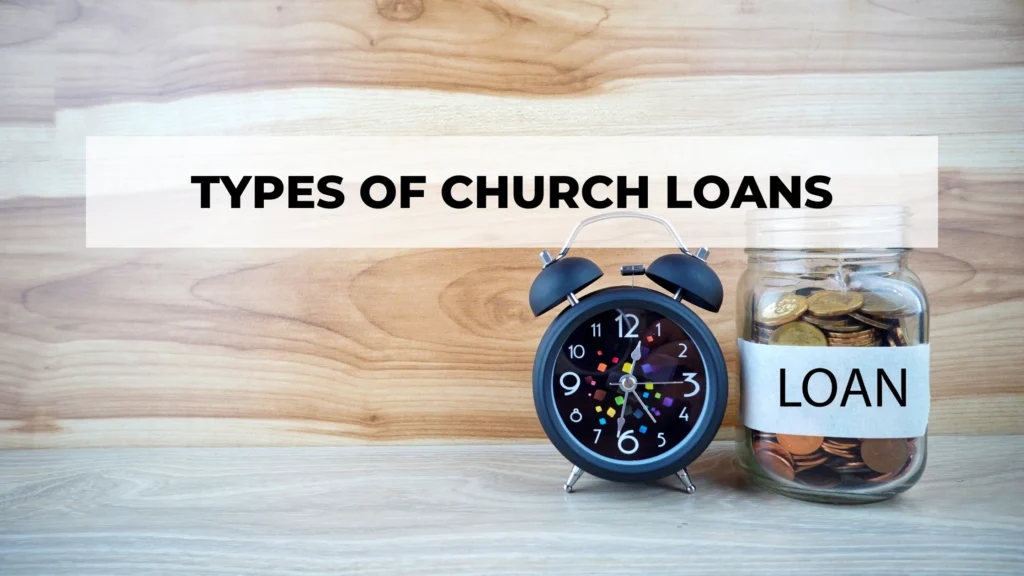
Types of Church Loans
Church loans are available in a variety of forms, including:
Revolving line of credit. A revolving line of credit allows you to borrow funds at any time, but you must pay interest on only the amount that’s actually borrowed. This type of loan is usually used as a short-term solution during times when your church’s cash flow is low.
Term loan. A term loan is typically repaid over five years or more, with fixed monthly payments and no pre-payment penalties.
Commercial mortgage. A commercial mortgage gives you long-term financing for a building purchase or refinance. It can be used for both purchase money and refinancing purposes, as well as to refinance existing debt on properties already owned by your church.
Why would a church need a loan?
Churches, much like any other organization, face a multitude of financial needs that might necessitate securing a loan. Whether it’s for renovating aging infrastructure, expanding their facilities to accommodate a growing congregation, or investing in new projects to enhance their community outreach programs, the financial burden can be significant. Additionally, churches sometimes experience fluctuations in donations and may require a loan to manage cash flow during leaner periods.
Obtaining a church loan provides the necessary capital to meet these expenses without depleting reserves or sacrificing important services and operations. By partnering with financial institutions that understand the unique position of religious organizations, churches can secure the funding they need while adhering to their financial stewardship principles, thereby ensuring they continue to serve their congregants and communities effectively.
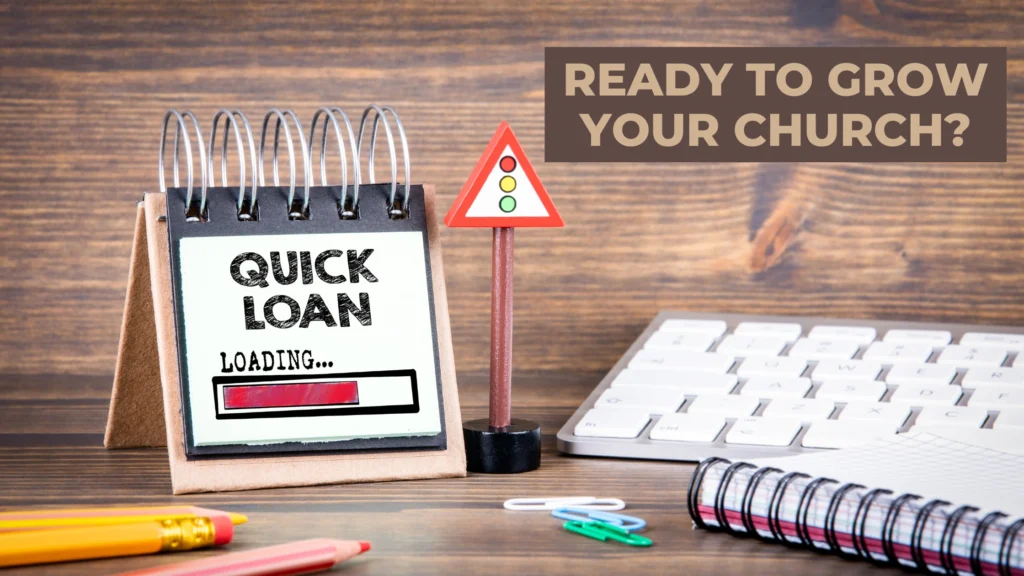
What are the Qualifications for a Church Loan?
To secure a church loan, religious institutions must meet specific criteria that demonstrate their financial stability and capacity to repay the borrowed funds. After understanding the qualifications for a church loan, it’s essential to delve into the application process, which typically involves presenting comprehensive documentation to the lender. These include historical financial statements, current budgets, bank statements, membership and attendance records, and a clear explanation of the intended use of the loan proceeds. Additionally, lenders may require proof of the church’s legal standing and its bylaws, alongside a resolution from the church board authorizing the loan request.
By thoroughly preparing these materials and ensuring that all financial metrics align with lender requirements, churches stand a better chance of obtaining favourable loan terms. Lenders are particularly attentive to a church’s debt-to-income ratio, history of consistent contributions, and overall financial health when determining eligibility. As you guide your church through the loan application process, remember that transparency and meticulous record-keeping are your allies in securing the funding needed to grow and support your faith-based community’s initiatives.
Loan Rates and Terms: Interest Rates, Short-term, Long-term, Fixed-rate
When it comes to securing a church loan, understanding the nuances of loan rates and terms is crucial for faith-based organizations. Interest rates, which represent the cost of borrowing, can vary widely based on whether the loan is short-term or long-term. Short-term loans often come with higher annual interest rates due to their brief duration, usually less than five years. They are typically best suited for immediate financial needs or smaller projects. Conversely, long-term loans, which can extend up to 30 years or more, generally have lower annual interest rates, allowing for manageable repayment schedules that are essential for more significant renovations or construction projects.
Most church loans come with fixed-rate terms, meaning the interest rate remains constant throughout the loan. This stability is particularly attractive for churches, as it provides a predictable repayment plan that can be factored into the church’s budget without the worry of future interest rate fluctuations. When considering a church loan, it’s important to evaluate both the current financial landscape and potential future changes to ensure that the chosen rate and term will align with the church’s long-term financial goals.
God Has a Plan for Your Church. Ready to Grow?
Absolutely! Suppose your congregation is prepared to embrace the growth that God has planned for your church. In that case, your current facilities can no longer accommodate your expanding community or the array of programs you offer. This is where a church loan can play a pivotal role in turning your vision into a reality. Funding from a church loan can be utilized for various purposes like renovating your existing sanctuary, adding new classrooms for your thriving Sunday school, or even constructing a brand-new church building to welcome more members.
By selecting the right church loan, you’ll have the ability to provide a space that not only meets the needs of your congregation but also aligns with your mission to spread the faith and serve your community more effectively.
It’s important to research and collaborate with a lender who understands the unique needs of religious organizations to make the most of your growth plans. With the right financial support, your path to fulfilling God’s plan for your church through expansion and improvement is within reach.
In conclusion, the journey of securing a church loan is both a pragmatic and faith-filled endeavour, uniting the material needs of a congregation with the spiritual aspirations of its mission. Guiding the realm of church financing requires a delicate balance between fiscal responsibility and divine guidance.
As your congregation prepares to embrace the growth that aligns with God’s plan, remember that securing a church loan is not just a financial transaction but a step toward fulfilling a larger purpose. By selecting the right financial partner and loan option, your path to expanding and improving your church becomes a tangible expression of faith, stewardship, and commitment to serving both congregants and the wider community.
